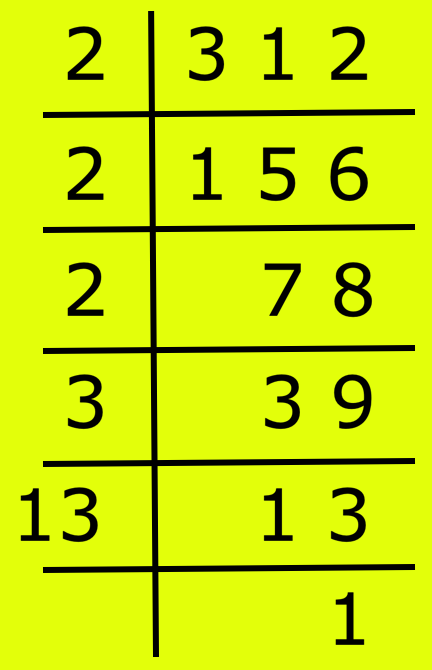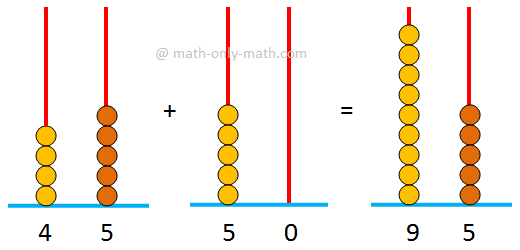Comparison between Simple Interest and Compound Interest
Comparison between Simple Interest and Compound Interest for the same principal amount.
Interest is of two kinds – Simple Interest and Compound Interest.
In the problems of interest, if the type of interest is not mentioned, we will consider it as simple interest.
If total interest on principal P for t years at r% per annum be I, then I = P×R×T100.
At r% per annum compound interest, if amount on Principal P for n years be A, then A = P(1+r100)n
Banks and Post office generally calculate interest in different manner.
Simple interest for 1 year is calculated, and then they find the amount. This amount becomes the principal for the next year. This calculation is repeated every year for which the principal amount is kept as deposit. The difference between the final amount and the original amount is the compound interest (CI).
In case of simple interest the principal remains the same for the whole period of loan but in case of compound interest, the principal changes every year.
1. Find the difference between compound interest and simple interest for a principal amount of $10000 for 2 years at 5% rate of interest.
Solution:
Given, simple interest for 2 years = 10000×5×2100
= $1000
Interest for the first year = 10000×5×1100
= $500
Amount at the end of first year = $10000 + $500
= $10500
Interest for the second year = 10500×5×1100
= $525
Amount at the end of second year = $10500 + $525
= $11025
Therefore, compound interest = A – P
= final amount – original principal
= $11025 - $10000
= $1025
Therefore, difference between compound interest and simple interest = $1025 - $1000
= $25
2. Jason lends $ 10,000 to David at the simple interest rate of 10% for 2 years and $ 10,000 to James at the compound interest rate of 10% for 2 years. Find the sum of money that David and James will return to Jason after 2 years to repay the loan. Who will pay more and by how much?
Solution:
For David:
Principal (P) = $ 10000
Rate of Interest (R) = 10%
Time (T) = 2 Years
Therefore, interest = I = P×R×T100
= 10000×10×2100
= $ 2000.
Therefore, amount A = P + I = $ 10000 + $ 2000 = $ 12000
Therefore David will repay $ 12,000 to Jason after 2 years.
For James:
Principal (P) = $ 10000
Rate of Interest (R) = 10%
Time (n) = 2 Years
From A = P (1+r100)n, we get
A = $ 10000 × (1+10100)2
= $ 10000 × (110100)2
= $ 10000 × (1110)2
= $ 100 × 121
= $ 12100
Therefore, James will repay $ 12,100.
Now, $ 12100 > $ 12000, so, James will pay more. He will pay $ 12100 - $ 12000, i.e., $ 100 more than David.
From Comparison between Simple Interest and Compound Interest to HOME PAGE
Didn't find what you were looking for? Or want to know more information about Math Only Math. Use this Google Search to find what you need.
Recent Articles
-
5th Grade Factors and Multiples | Definitions | Solved Examples | Math
Mar 23, 25 02:39 PM
Here we will discuss how factors and multiples are related to each other in math. A factor of a number is a divisor which divides the dividend exactly. A factor of a number which is a prime number is… -
Adding 2-Digit Numbers | Add Two Two-Digit Numbers without Carrying
Mar 23, 25 12:43 PM
Here we will learn adding 2-digit numbers without regrouping and start working with easy numbers to get acquainted with the addition of two numbers. -
Worksheet on 12 Times Table | Printable Multiplication Table | Video
Mar 23, 25 10:28 AM
Worksheet on 12 times table can be printed out. Homeschoolers can also use these multiplication table sheets to practice at home. -
Vertical Subtraction | Examples | Word Problems| Video |Column Method
Mar 22, 25 05:20 PM
Vertical subtraction of 1-digit number are done by arranging the numbers column wise i.e., one number under the other number. How to subtract 1-digit number vertically? -
Worksheet on 11 Times Table | Printable Multiplication Table | Video
Mar 22, 25 05:08 PM
Worksheet on 11 times table can be printed out. Homeschoolers can also use these multiplication table sheets to practice at home.






New! Comments
Have your say about what you just read! Leave me a comment in the box below. Ask a Question or Answer a Question.